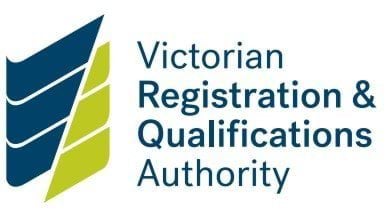About the Standard
This Standard contains obligations for RTOs to:
- make policies and procedures easy to understand
- develop policies and procedures using stakeholder consultation and best practice models
- make sure organisational leaders champion and model compliance with policies and procedures.
RTOs must have comprehensive policies and procedures in place to support child safety.
How to comply
An RTO must be able to provide evidence that it:
- has policies and procedures that:
- address all the Standards
- are easy to understand
- develops policies and procedures using best-practice professional development, research or consultation
- has systems to verify that staff and volunteers understand and implement child safety practices
- nominates champions or advocates who promote the Standards and compliance.
Examples of compliance
An RTO complying with the Standard may have implemented child safety through:
- policies and procedures that are part of a comprehensive working system
- a monitoring or performance framework
- continuous improvement practices
- communication strategies and practices.
Updated


